If you are looking for a low-cost, high-performance single board computer (SBC), then you have probably heard of the BeagleBone Black and/or the BeagleBone Green. Both boards are based on the same processor, but there are some key differences that we will discuss in this article. So, which one is right for your project? Let’s take a look!
What is BeagleBone
It was designed to provide makers, hobbyists, and professionals alike with an affordable and powerful platform for creating exciting projects that can be used for digital signal processing (DSP) applications such as robotics or home automation.
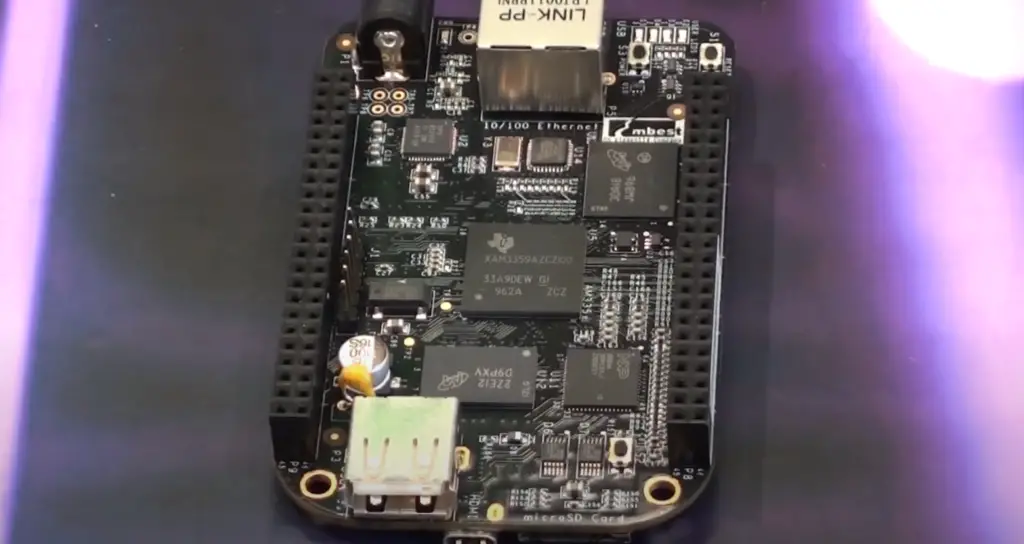
Differences Between BeagleBone Black and Green
The two main models in the BeagleBone family are the BeagleBone Black (BBB) and the BeagleBone Green (BBG). Both models have similar features but there are some important differences that you should consider before making your purchase decision.
While BeagleBone Black is an older model, BeagleBone Green is a newer model with improved specifications and features. Surprisingly there’s little differences between both models when it comes to the main processor, RAM and storage. Both feature the same AM335x ARM Cortex-A8 processor clocked at 1GHz with 512MB of DDR3 RAM and 4GB of on board eMMC storage.
The most notable difference between BBB and BBG is that the latter has had a HDMI connector removed from its standard package, while the former comes out of the box with one. Additionally, BeagleBone Green comes with two grove connectors, making it easier to connect various sensors and actuators with minimal soldering. It is also more power efficient than BeagleBone Black, capable of running for a longer period of time on battery power.
The reason HDMI is not available on the BBG is because its primary target market is makers, hobbyists and professionals who are looking for a cost-effective, energy-efficient computer to build their projects. And it saw not much use in those scenarios either way.
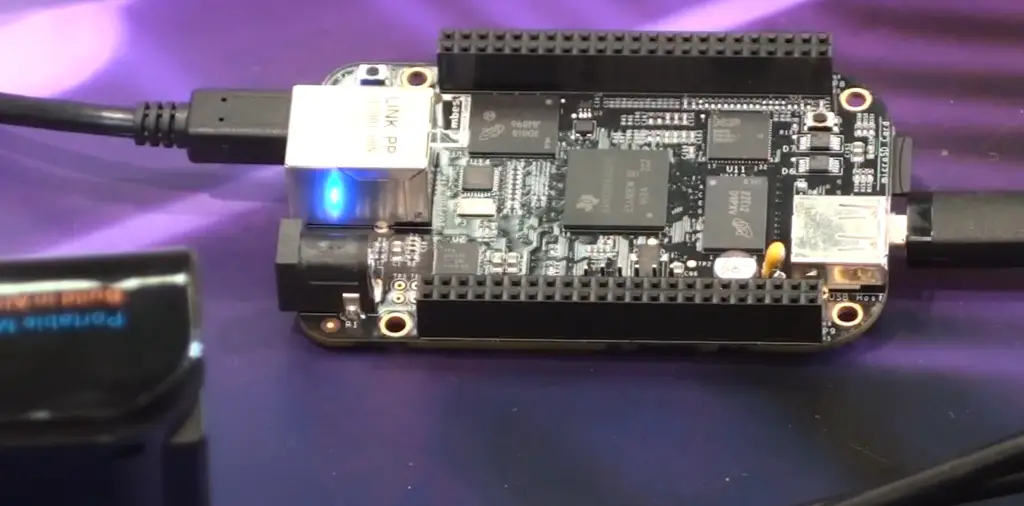
However, there’s also a Wireless version of the BeagleBone Green available, which adds an onboard WiFi and Bluetooth module to the BBG package. This version also comes with four USB ports instead of one, making it more attractive for people who want to build projects without any extra peripherals. But other than that, it too is exactly the same as the BBG and BBB. [1], [2], [3]
Advantages of Both BeagleBone Boards
Since both BeagleBone Black and Green come with the same processor, RAM and storage, they will both be more than capable of running most projects. So we will highlight the unique advantages that can be applied to both boards.
On board storage
Both BeagleBone boards come with 4GB of on board storage. This means that you will have plenty of room to store your project files and data, without having to worry about running out of space.
The amount of onboard storage can impact how quickly a project starts up or runs code from flash. It also determines how much data can be stored directly onto the device, reducing the need for external storage options such as USB devices or microSD cards.
The onboard storage can also be used to store images and other media that will be used in the project. A larger amount of onboard memory makes it easier to store all of these files directly on the device, reducing reliance on external storage solutions. Not all SBCs have this much on board storage, which can be a major advantage when running projects that require large files.
Processor
Both BeagleBone boards are powered by the same AM335x processor with 1GHz clock speed and 512MB of RAM. This is more than enough for most applications, giving you ample power to run even the most intensive projects without any lag or slowdown. The processor also supports multiple OS’s such as Debian Linux and Ubuntu making it easy to set up and get started quickly.
Easy to use
The BeagleBone Black and Green boards are both incredibly easy to use. They come with an intuitive web-based IDE that allows you to quickly build and deploy projects without any prior coding experience. All the necessary tools and libraries are preloaded onto the board, so there’s no need to download or install anything. This makes it extremely easy for beginners to get started with their projects right away.

7 Analog Inputs
This is a major advantage for anyone looking to connect and control multiple sensors or other external devices at once. The analog inputs are also compatible with a variety of popular sensors such as temperature, humidity, light and motion detectors, making it easy to create projects that interact with the environment around them.
Helpful online community
The BeagleBone boards are supported by an active and helpful online community. This makes it easy to find solutions to any issues you may encounter while working with the boards. The forums are filled with people who have been using the boards for years, so there’s always someone who can help out if you run into a problem.
Open source hardware
Both the BeagleBone Black and Green boards are open source hardware. This means that anyone can access and modify the source code to their own needs, giving you complete control over how your project is built. It also makes it easy to update or upgrade the board’s software when necessary.
These boards also provide an accessible way to learn embedded system development while providing the freedom to customize and create solutions tailored to specific needs.
Programmable Real Time Units with GPIO control
Both the BeagleBone Black and Green boards come with Programmable Real Time Units (PRUs) with GPIO control. These units allow you to program the board directly, giving you full control over how your project is run. This makes them ideal for projects that require precise timing or fast input/output operations. [1], [2], [3]
Disadvantages of BeagleBoards
While both the BeagleBone Black and Green boards offer plenty of advantages, they do have some drawbacks.
Only one USB port
For starters both boards have only one USB port, which means that you won’t be able to connect multiple devices at the same time. This can be a problem if you need to connect multiple peripherals or run a project that requires two or more USB connections.
This is different for a BeagleBoard Green Wireless which has four USB ports. For the BeagleBone Black and Green however, you’ll need to look into a USB hub or other connectivity solution.
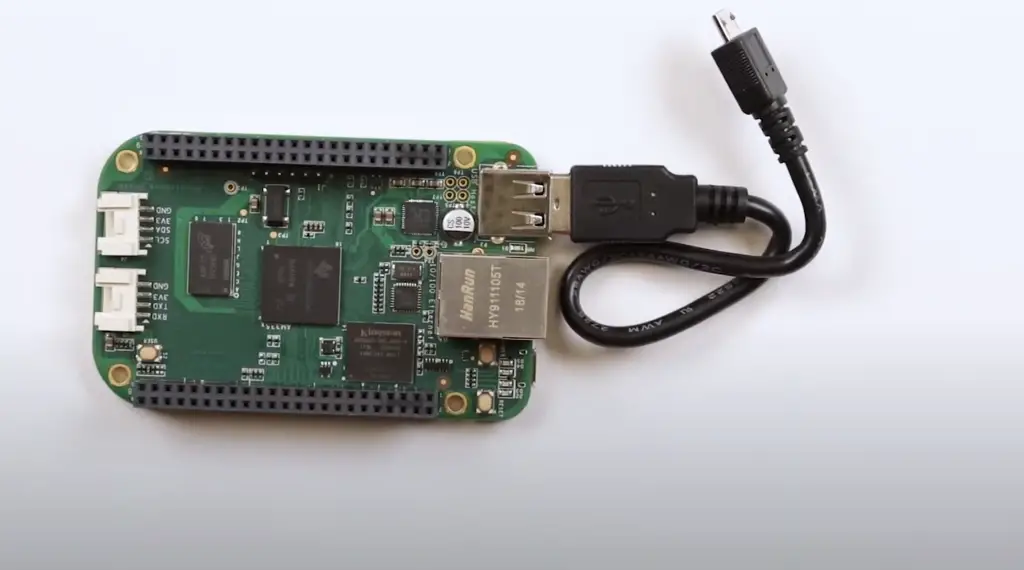
Lack of HDMI port
As we mentioned, this drawback is only related to the BeagleBoard Green, not the BeagleBone Black. Green model lacks an HDMI port, which can be a problem if you’re looking to connect an external monitor or TV for display purposes.
On the other hand, this is a very niche issue and can easily be solved with the help of a mini HDMI to HDMI adapter. Developers claimed that the port saw a little use either way, so its omission likely didn’t affect the majority of projects. [1], [2], [3]
FAQ
Is BeagleBone an FPGA?
While BeagleBone is not an FPGA (or Field Programmable Gate Array) the BeagleWire shield does allow for FPGA functionality on the BeagleBone platform.
With the combination of the BeagleBone Black and Green hardware, along with the software capabilities of Linux OS, users can access powerful embedded processing solutions as well as faster and more capable hardware-level programming if needed.
What language does BeagleBone Black use?
BeagleBone Black is based on the BoneScript programming language, which is a JavaScript library built on top of the Node.js platform. It provides an easy-to-use interface to control the board’s pins and access other peripherals connected to the board.
What is the difference between BeagleBone Black and green?
BeagleBone Black and Green are basically the same single-board computer, but they offer different features and capabilities. The main difference lies in the presence and absence of the HDMI port. Black does come with an HDMI port, whereas Green doesn’t. This makes Black more suitable for multimedia applications as it allows you to connect it to a monitor or TV directly.
To compensate for it, Green has two grove connectors that are compatible with the SeeedStudio Grove system. This makes it especially useful for IoT projects, as you can quickly connect various sensors and actuators without doing any complicated wiring.
In terms of processing power and memory, both the boards have 1GHz ARM® Cortex-A8 processor, 512MB DDR3 RAM and 4GB 8-bit eMMC on-board flash storage.
What is BeagleBone Black used for?
It can be used for a wide range of applications, from robotics to home automation to data acquisition and more. BeagleBone Black has built-in connectors for connecting external sensors, cameras, or other devices and also supports interfaces like SPI, I2C, UART, USB hosts etc., which makes it great for physical computing tasks.
The main focus of BeagleBone are IoT (Internet of Things) and Embedded System applications. It’s ideal for projects that need data acquisition and control capabilities, or when working with protocols like Ethernet, Wi-Fi, ZigBee, and Bluetooth.
Which is better: Raspberry Pi or BeagleBone?
The answer to this question depends on your project’s needs.
BeagleBone Black and BeagleBone Green are single board computers designed specifically for embedded applications such as robotics or IoT (Internet of Things) solutions. Both offer faster processors and more memory than Raspberry Pi, giving them the edge when performance is key. They also have numerous expansion possibilities with their huge array of pins, connectors, and add-on boards (BeagleBone Black only). Ultimately the decision lies with you depending on which platform best meets your requirements.
How can I tell if my BeagleBone is black?
The easiest way to tell if your BeagleBone is the Black version, rather than Green, is by looking at the board. The Black board has a black printed circuit board (PCB) and silver connectors while the Green board has a green PCB and black connectors. Additionally, the BeagleBone Black comes with a HDMI port, while the BeagleBone Green does not. Instead, Green comes with two Groove connectors which allow for easier connection to other boards and devices.
Useful Video: The New Beaglebone Green
Conclusion
BeagleBone Black and BeagleBone Green both provide reliable, powerful open-source hardware platforms for a variety of projects. Luckily, when it comes to choosing the one between them, you really can’t make a bad choice.
The reason for that is pretty simple, both boards are identical in terms of hardware performance, so it all comes down to your own personal preferences and project requirements. They offer the same range of features, but the BeagleBone Black is more popular since it has a micro HDMI.
BeagleBone Green doesn’t have that port and instead has two grove connectors which make it ideal for projects that require direct access to sensors, such as robotics and industrial automation. If your project requires a lot of graphical output or video streaming, then BeagleBone Black is the board you should go for.
There’s a more advanced version of BBG called the BeagleBone Green Wireless which has WiFi built-in so it’s great for projects that require a lot of wireless communication. But most importantly, this model comes with four USB ports, so you can plug in more devices without having to use an adapter.
At the end of the day, it all comes down to your own personal preferences and project requirements. As you can see, there’s only one difference, so take your time and pick the board that best suits your needs.
No matter which one you choose, BeagleBone Black and BeagleBone Green offer powerful open source hardware platforms that give developers maximum flexibility when creating their projects. Good luck!
References
- https://www.digikey.com/en/maker/blogs/beaglebone-green-wireless
- https://hackaday.com/2015/08/05/beaglebone-green-hands-on-lower-price-same-horsepower/
- https://www.slant.co/versus/5725/16066/~beaglebone-black_vs_beaglebone-green-wireless



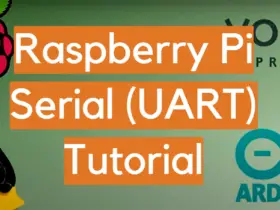

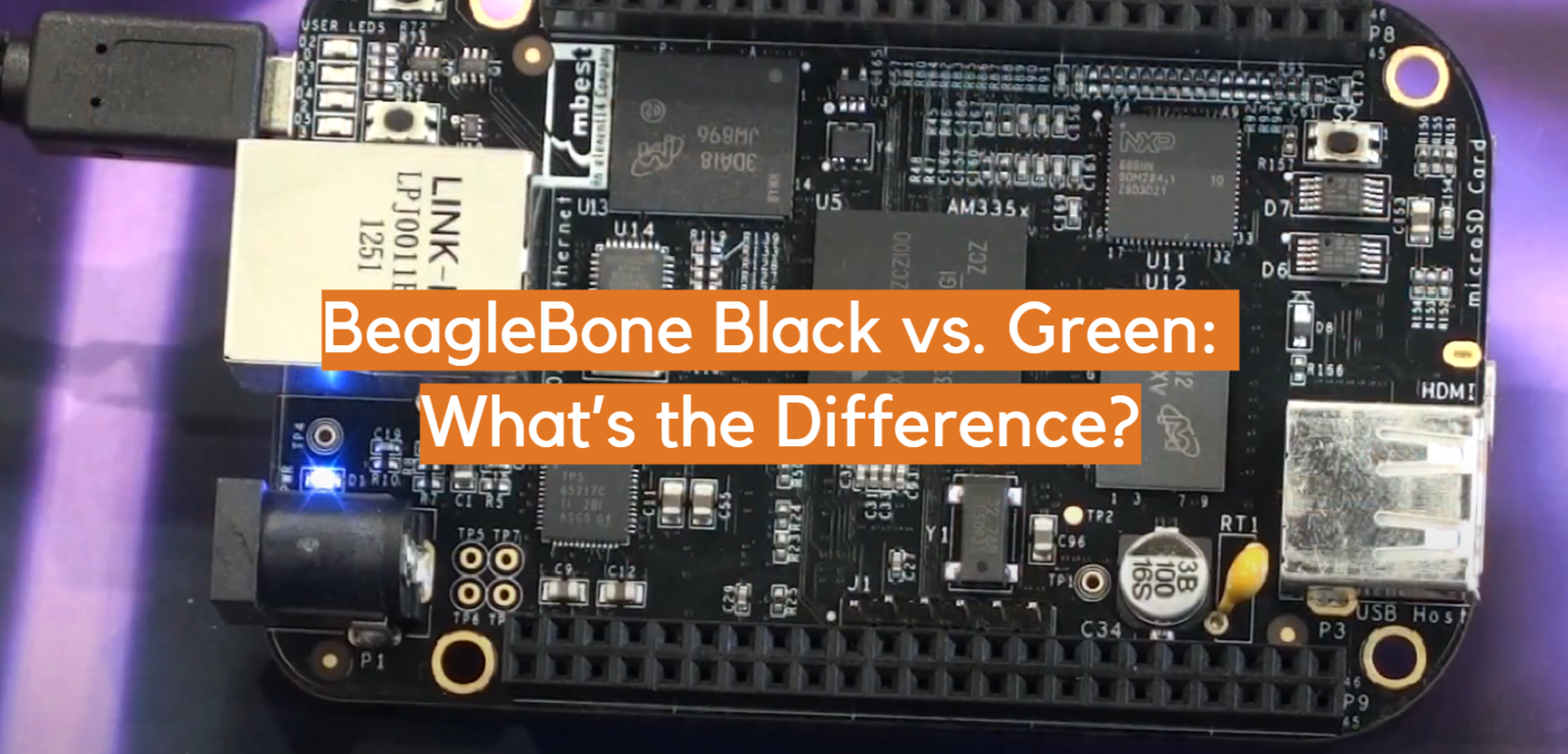
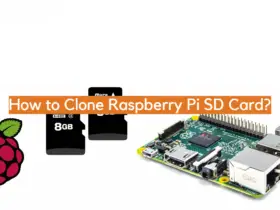






Leave a Reply